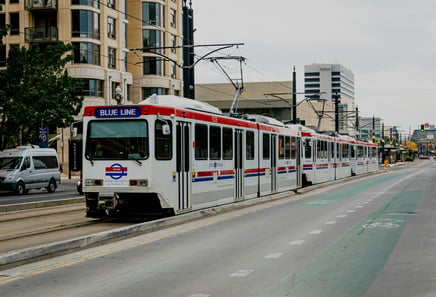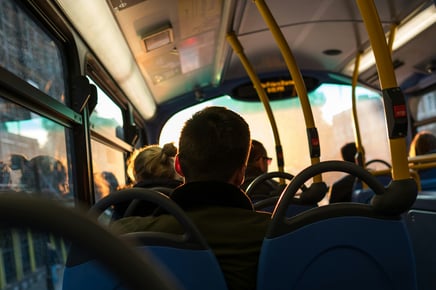For decades, car-centric infrastructure has pushed Americans towards car dependency. As public transit often fails to deliver wide-reaching services, cars are viewed as the only reliable way to get around in outer-urban areas. As a result, over 91% of American households have access to a car, and over 76% use their car for their work commute.
Therefore, when you don’t have a car, finding a way around town can be difficult, if not impossible. If so, you may live in a “transit desert,” an area where access to public transportation is severely restricted.
What are “Transit Deserts” and Where Are They Located?
The term “transit desert” refers to a community in which access to public transportation is limited. Transit deserts usually form where there’s lengthy walking distances to public transportation, transportation inaccessible for people with disabilities, or a lack of transportation facilities in the area.
Transit deserts are generally located in outer-urban areas due to a lack of investment in infrastructure. Without a reliable public transit option, car-less residents are left stranded in their own town. Researchers note that transit deserts disproportionately affect underprivileged and underserved communities, where BIPOC and disabled individuals reside.
Transit deserts are not only found in small communities. Even New York City has been noted as a large transit desert. While public transit is plentiful and popular in Manhattan, the remaining four boroughs of NYC suffer from a lack of adequate transportation. Many residents cite long walks to the train station and unreliable bus systems as two of the main issues they face daily.
How do Transit Deserts Affect People, and What is the Solution?

The harder it is to get to a transit station, the less likely people are to use them. Having access to transportation is a continuing problem for those in transit deserts. It affects residents’ ability to work, generate income, access healthcare and food, and socialize. These hardships increase the risk of poverty, social problems, and health issues. The lack of access to transportation has tangible, long-lasting effects on people’s lives.
In recent years, cities like West Dallas, Texas have begun to address their transit deserts. Cities are turning towards innovative solutions; suggesting long-term, formative solutions that would permanently resolve the issue. Some are turning towards micro-transit, such as electric shuttles, to end the last-mile transit problem. By increasing widespread access to microtransit, many cities believe that they can resolve their last-mile transit problems.
Transit deserts permeate our country, but finding the solution is vital to creating healthy, accessible cities. Having a functioning, adequate public transit system makes everyday life easy and efficient - and with the proper investments and infrastructure, transit deserts could be eliminated entirely.
At Circuit, we bring 100% electric micro-transit solutions to communities to provide first and last-mile connections, decrease congestion, and improve transportation access in transit deserts. If you’re interested in learning more about creative transportation solutions to improve your community, reach out to the Circuit team today.


.png)